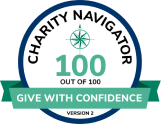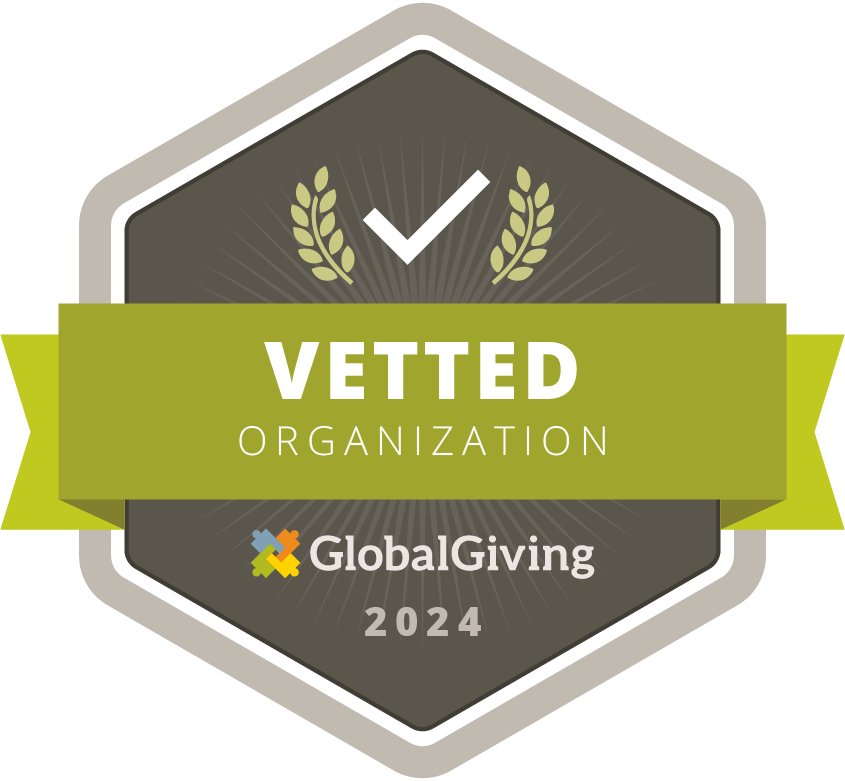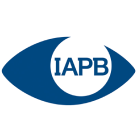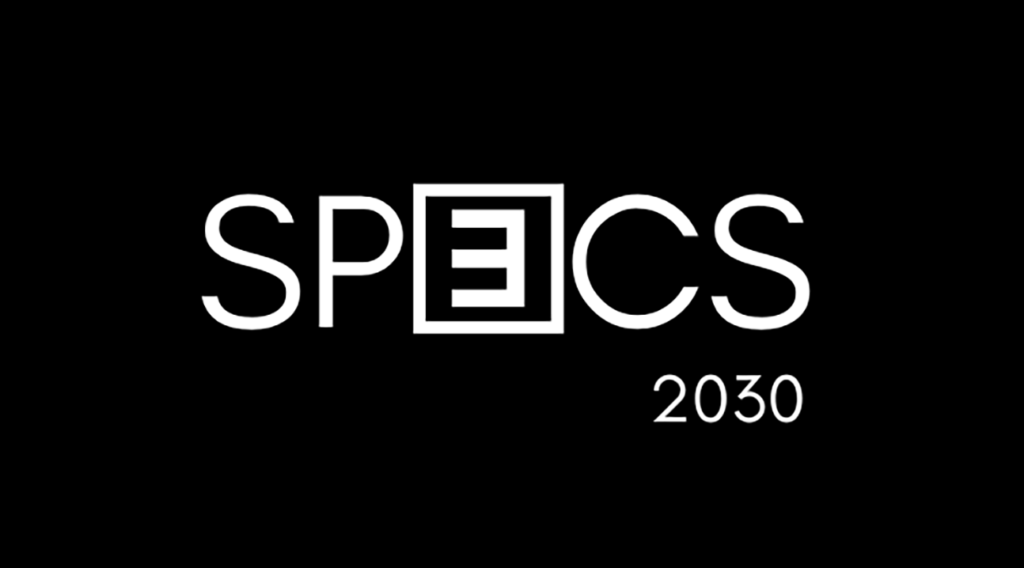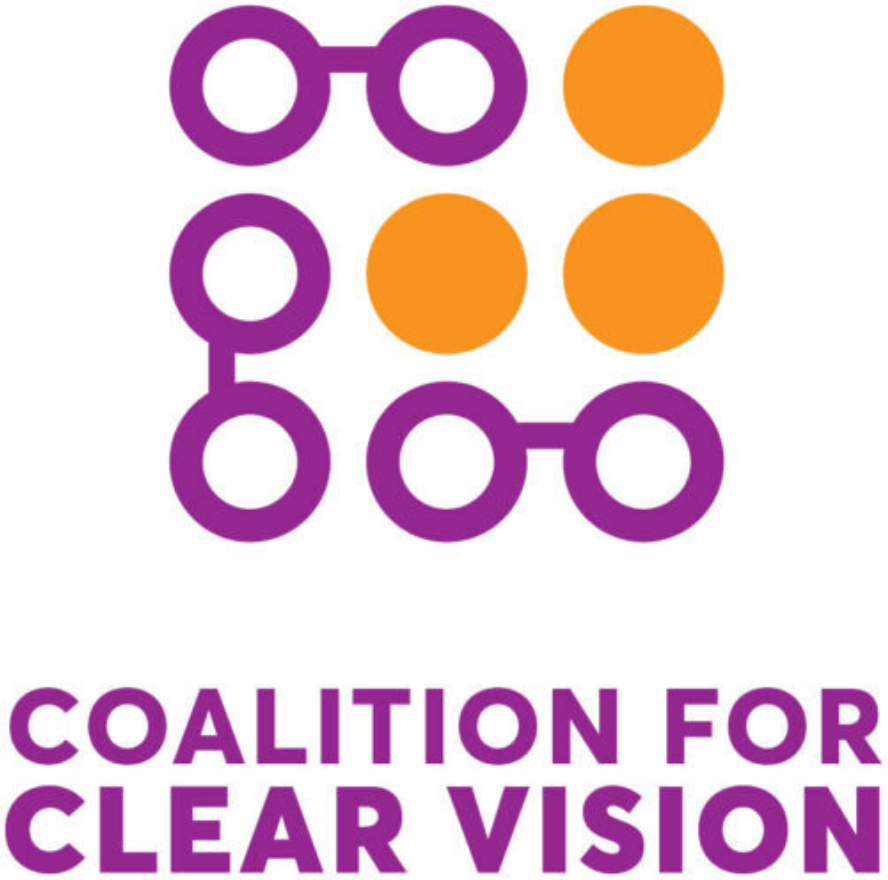By Pelin Munis, Ph.D., Chief Executive Officer, RestoringVision
Clear vision is vital for leveling the playing field for people living on less than $2 a day. Our work to restore sight lies at the intersection of global health, education, and economic development and contributes to reducing inequalities worldwide.
The United Nations states that “much of the world’s wealth is held by a very small group of people. This often leads to financial and social discrimination. For nations to flourish, equality and prosperity must be available to everyone – regardless of gender, race, religious beliefs, or economic status. When every individual is self-sufficient, the entire world prospers.”
Let’s dig deeper into this concept to learn about the global vision crisis and understand how solving it would reduce inequalities. In a developed country, a pair of reading glasses, for example, is universally understood to be an affordable product, readily available at a local pharmacy or store. In countries like the United States, reading glasses are over-the-counter health products, making them more accessible for people. However, eyeglasses are out of reach for most people living in less developed countries and especially for those living in extreme poverty around the world as they face significant barriers to accessing and affording a pair of eyeglasses, including reading glasses. Lack of markets, regulations limiting where reading glasses can be sold for example, and lack of eye health professionals are some reasons for these barriers.
When we seed markets for increased access to vision services and eyeglasses as we do in our work at RestoringVision, we advance SDG#10: Reduced Inequalities.
Seeding markets includes stimulating demand (letting people know that glasses exist and that they can correct their vision immediately), developing cost-efficient supply chains, and working with governments to reduce import taxes and duties that are often levied on this important health product. The latter two would greatly reduce the cost of eyeglasses, making these more affordable. In addition to the lack of markets, more eye health professionals are also needed to close the gap and reach people in need of having their vision restored, especially when addressing uncorrected refractive errors such as myopia.
The WHO World Report on Vision emphasizes the inequity experienced by those most affected by the global vision crisis, stating, “…the burden of eye conditions and vision impairment is not borne equally. The burden tends to be greater in low- and middle-income countries and underserved populations, such as women, migrants, indigenous peoples, persons with certain kinds of disability, and in rural communities. Population growth and aging, along with behavioral and lifestyle changes, and urbanization, will dramatically increase the number of people with eye conditions, vision impairment and blindness in the coming decades.”
When there is little to no access to vision services or eyeglasses, it can cause a ripple effect of inequality. It means educational inequality because an individual who cannot see clearly will face obstacles in learning. It also leads to lost productivity in the workplace resulting in lost wages, risk of unemployment, and impacts mental health and self-esteem. It can result in other health issues that can occur if a vision impairment is not addressed. With all these factors combined, impaired vision perpetuates income inequalities, which in turn negatively impacts the global economy.
However, a solution is in sight and we believe impaired vision is a solvable problem. We can take major steps towards reducing inequalities across the globe by making sure all people with vision impairments that could have been prevented or have yet to be addressed – 1 billion – are given the chance to unlock their full potential.
And when we do, we can make the world a better place – a more equal place for all – through the provision of a pair of eyeglasses.
To learn more about how our work also advances gender equality, click here.

